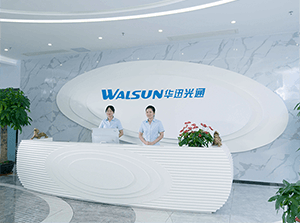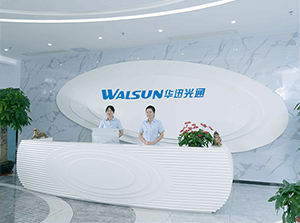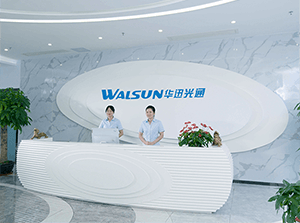PRODUCTS

- OM1 (Optical Multimode 1) is a type of multimode fiber optic cable. It has a core size of 62.5 micrometers and is commonly used in older fiber optic installations. While OM1 is suitable for lower data rates, its bandwidth limitations make it less ideal for higher-speed applications like 10 Gigabit Ethernet (10GbE).The reach of OM1 fiber for 10GbE is limited due to its lower bandwidth and higher mo654

- QSFP+ (Quad Small Form-Factor Pluggable Plus) is a high-speed, compact, hot-pluggable transceiver module used for various networking applications. QSFP+ is designed to support data rates of 40 Gbps and 56 Gbps and is commonly used in data centers and high-performance computing environments. Here's an overview of how QSFP+ works:Form Factor:QSFP+ has a compact form factor that allows for high p435

- QSFP (Quad Small Form-factor Pluggable) and SFP (Small Form-factor Pluggable) are different form factors for transceivers and are not directly compatible. They have distinct physical designs, electrical interfaces, and capabilities. QSFP is larger and supports higher data rates compared to SFP.However, there are scenarios where compatibility can be achieved using appropriate adapters or converter1009

- QSFP56 optical transceiver is the solution for 200G applications. It’s a pluggable transceiver module that has the same size as QSFP. However, this 200G transceiver can provide the top data rate of 50Gb/s of each channel. In addition, products of the transceiver will be compatible with previous QSFP standards. Therefore, the data centres are able to reuse and easily refresh their systems designs a935

- The QSFP-40G-SR-BD is a type of transceiver module used for 40 Gigabit Ethernet (40GbE) connections. The specific connector type associated with the QSFP-40G-SR-BD is often a duplex LC (Lucent Connector) connector. These connectors are commonly used in fiber optic networking applications.The "BD" in QSFP-40G-SR-BD stands for "Bi-Directional," which implies that this transceiver481


 CHS
CHS Walsun Mall
Walsun Mall










